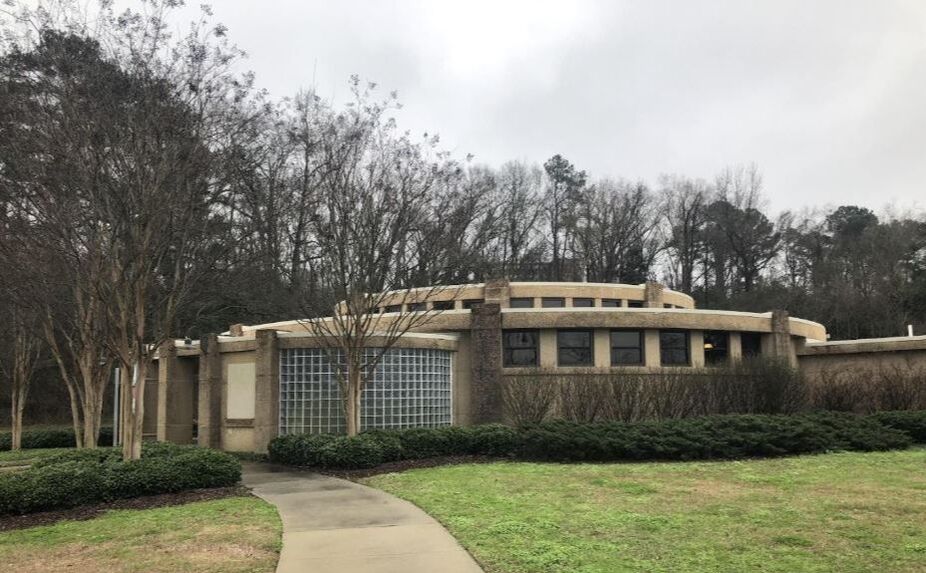The destruction wasn’t contained to campus buildings. Tuscaloosa’s resources weren’t limited to the training facilities of the university; the Black Warrior River also offered a strategic advantage. General Croxton ordered the Black Warrior River bridge to be burned, too, alongside thousands of bales of cotton, several warehouses, and two Confederate cannons. The war ended only days later, on April 9th, when Gen. Robert E. Lee surrendered at Appomattox Court House in Virginia.
Though the Emancipation Proclamation was signed in 1863, the official end of slavery in Tuscaloosa was heralded by the arrival of General Croxton. This opened up new opportunities for Tuscaloosa’s African American population. Horace King, an enslaved man who was freed by his owner in 1846, established his reputation as a skilled builder. He was also a member of the Alabama Legislature. In 1872 he bid for a contract to replace the Black Warrior River bridge that had been destroyed in the Civil War. King’s wooden bridge stood for ten years before it was replaced with an iron bridge in 1882.
For those interested in learning more about Tuscaloosa’s role in the conflicts of the time period, “Bank of the State Tuscaloosa Bicentennial Exhibit Series: Civil War and Reconstruction” will be open until February 1st at the Warner Transportation Museum.
About the Author

Lauren Collins is a junior majoring in English and minoring in General Business. She was born in Herndon, Virginia, and lived there until she began her degree at the University of Alabama. She is currently a resident advisor and a student intern at Alabama Heritage Magazine. Following graduation, Lauren hopes to attend graduate school to pursue an M.S. in management.
Additional Information
http://eoa.auburn.edu/article/h-1245 (Encyclopedia of Alabama entry for Horace King)
http://eoa.auburn.edu/article/h-1631 (Encyclopedia of Alabama entry for Reconstruction in Alabama)

 RSS Feed
RSS Feed